Menu
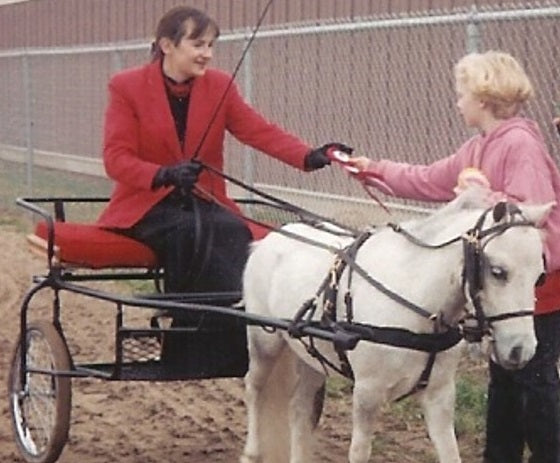
Our Harness Fitting Mistakes
Yes, it is true. I will admit it. We made mistakes when we first started driving. That realization has started me to use the phrase, “We’ve made all the mistakes so you don’t have to.” One of the major mistakes we made when we didn’t know any better was to use harnesses that technically didn’t fit. Here are some examples:
When we first started driving our Pinto Arabian over 20 years ago, all we had for a harness was an older utilitarian Amish harness. It technically was in good shape but was all wrong for this horse and this vehicle, mostly in the saddle. This high withered horse put to a two-wheeled cart needed a wide saddle with gullet clearance. This narrow saddle concentrated pressure directly on his spine. Of course, he was so forgiving, that we didn’t notice it until he started objecting to being harnessed. At that point, I had to start looking at the cause of his distress. When I couldn’t get a pinky finger between him and the saddle, I finally figured out that we needed a new saddle.
Fast forward a couple of years in the photo below after we had gotten him a Smucker Better Fit Saddle which cleared his spine and distributed the weight of the vehicle over a larger surface area. He became more round over the topline and fluid in his motion, but ironically even after years of not having that initial ill-fitting saddle, would balk at having the saddle put on. Horses have amazing memories!
Another mistake we made with this horse is a typical one for those equestrians who come to driving from the riding world. We found that this gelding was getting galled by the girth. He had rub areas on his pink skin behind his elbow. After making a call to Moses Smucker, he had a super easy and cheap fix…just loosen the girth! A driving saddle girth does not need to be as tight as a riding saddle girth, only just tight enough not to slip over the ribs. If the saddle fits well at the spine, the saddle should not rock side to side, and therefore not need a tight girth to keep it in place. And using a padded driving harness girth is also extremely beneficial in keeping the horse comfortable.
The next example isn’t so much of a mistake, but an account of “when we know better, we do better”. We started driving in open and Miniature Horse breed shows about 25 years ago before we competed in the carriage driving shows. In the breed shows, it is typical to not use breeching on the harness. We were told this is because “there is too much leather on the horse and it covers it up too much”. We bought a typical mini breed show harness and competed for quite a few years, even using the turnout below in our early ADS carriage shows. We didn’t think a whole lot of it until one day when I was driving a mare who was about 16. She refused to back that day. At first, I got mad and tried to make her back. Then I got smart and decided something had to be wrong. A horse who has been shown all over just doesn’t wake up one day and decide not to back. I watched her when I asked her to back. She would back one step and then refuse. I really looked at her harness, the same one in the photo below, and when she backed, the thimbles (part over the ends of the shafts) would engage which were connected to her saddle. The saddle would rotate and dig right into her spine because it was a typical breed show strap saddle with no tree for support. When she was younger, it wasn’t an issue because her spine was more protected with fat, but as she aged, her body fell a bit and her spine was more exposed. What was the fix? Use a harness with breeching, and a saddle with a tree! We changed out the harness, and voila! that mare decided she could back again! Her meaty haunches were slowing and stopping the vehicle instead of her boney withers and spine! If the breeching is used, the saddle is not affected at all by the down transition. You can also see in the photo below how the force of the vehicle in a down transition would push the saddle forward into the withers. 
I see a lot of saddles which are placed way too far forward. The saddle should in no way touch the withers. Putting the saddle too far forward also usually makes the girth too far forward, which can gall the horse at the elbow. And saddles without trees are the likely culprits of girths that must be tight in order for the saddle to remain in the right position side-to-side on the horse. If your saddle wants to rotate, it most likely does not fit your horse's back and/or is made incorrectly.
The other ergonomic challenge we see with breed harness is that the wrap straps, especially if no thimbles are used, are wrapped tightly to become the braking system for the vehicle. This transfers all the motion of the shafts of the cart to the horse. If a breeching harness and open tugs are used with a well-balanced cart, the shafts should rest lightly in the tugs and the motion of the vehicle is less likely to be transferred to the horse. The tight wrap straps also require that tight girth, which again, is likely to migrate towards the narrowest location on the barrel, which is right behind the elbow. Truly, breed show horses put up with a lot in terms of their tack fitting comfortably!


Now we know more about harness ergonomics, we always use harness with breeching. We place the saddle behind the withers and make sure that there is gullet clearance by only using saddles with a tree and adequate padding to keep the saddle off the horse’s spine. We leave the girth loose enough to keep the saddle back and the girth from galling the elbow. We like to leave one hand's width between the girth and the saddle.
This is only the first post in a series of "Yup, we’ve made all these mistakes so you don’t have to!" Be sure to check back for the next posts dealing with vehicle mistakes, turnout mistakes, and unfortunately, general safety mistakes!
- Choosing a selection results in a full page refresh.




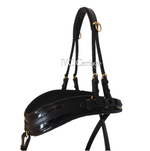
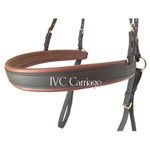



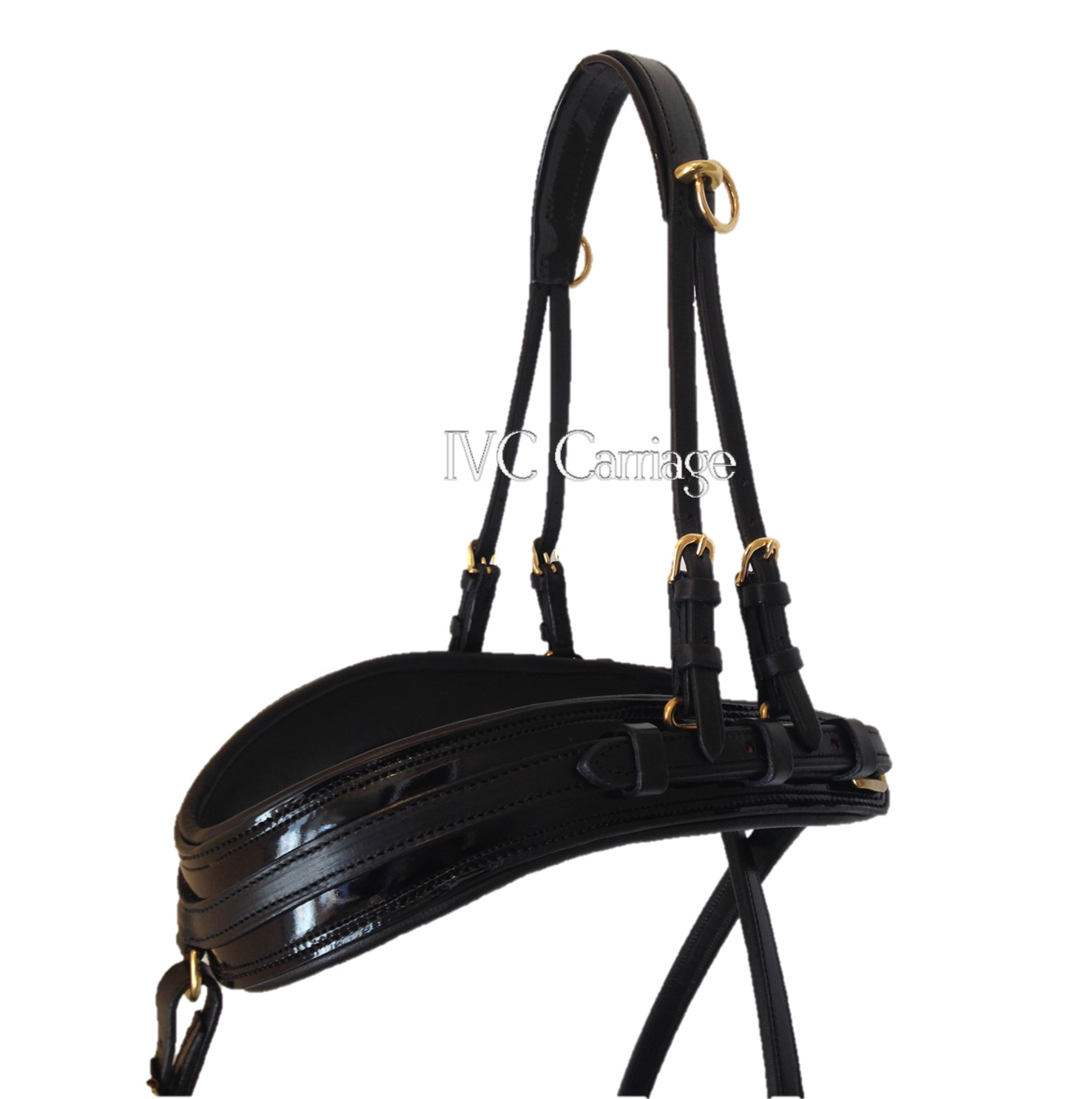
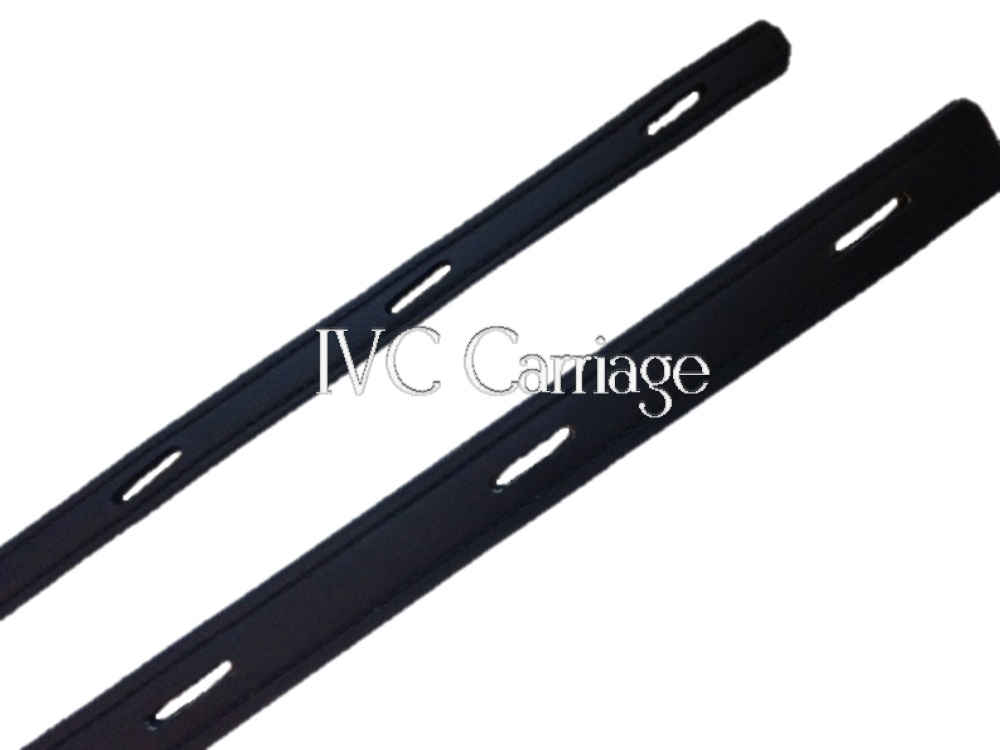
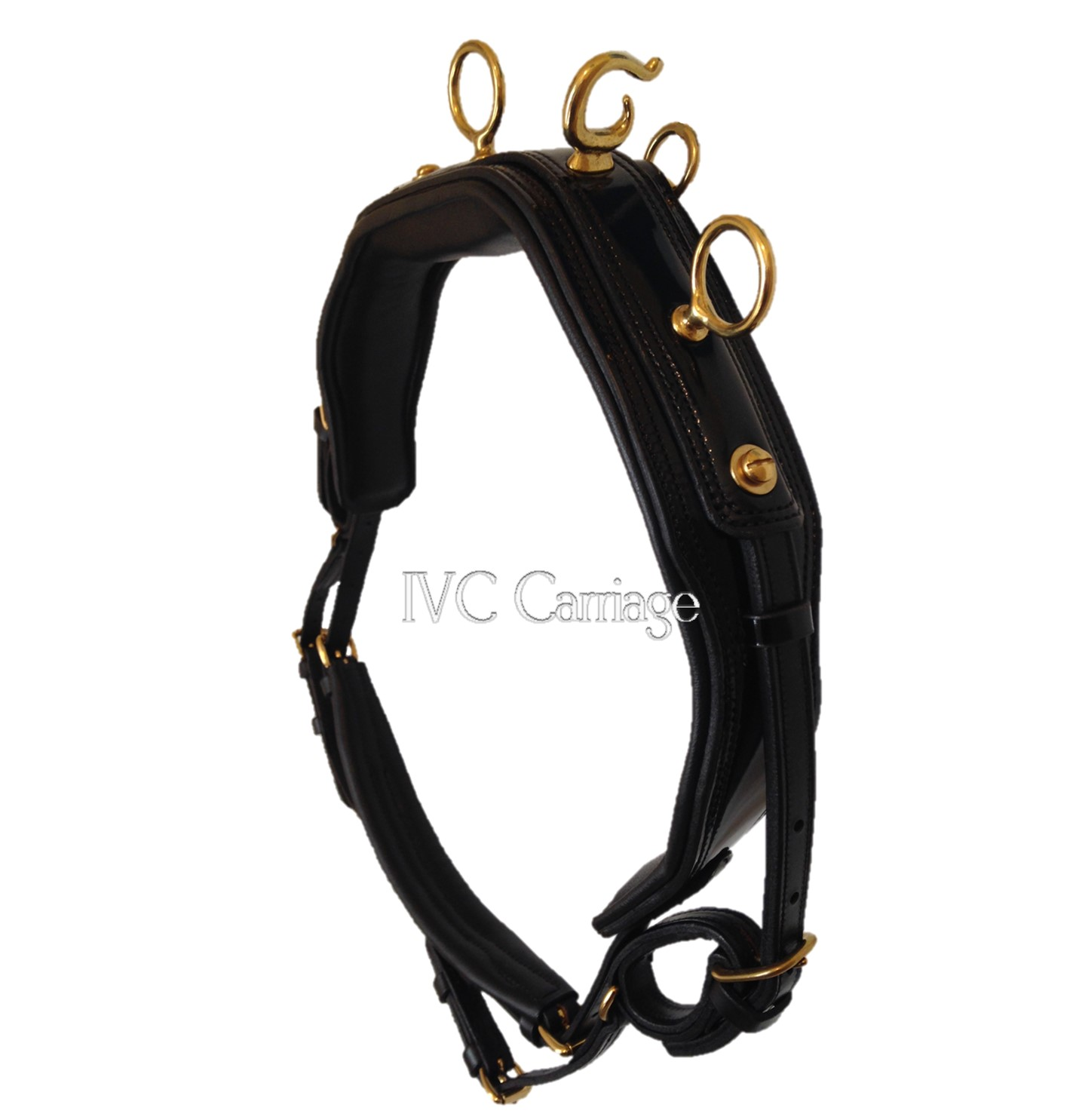
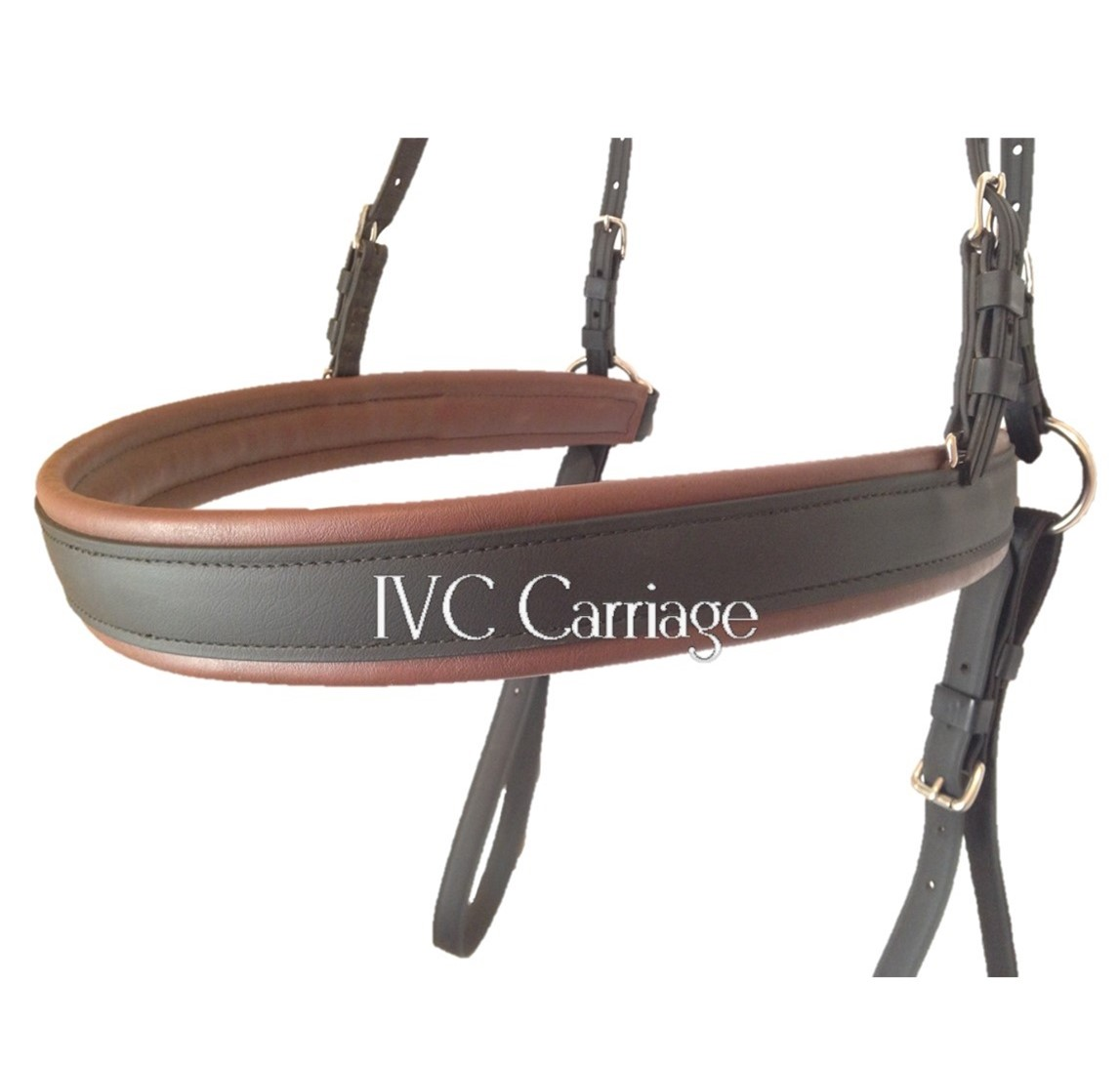
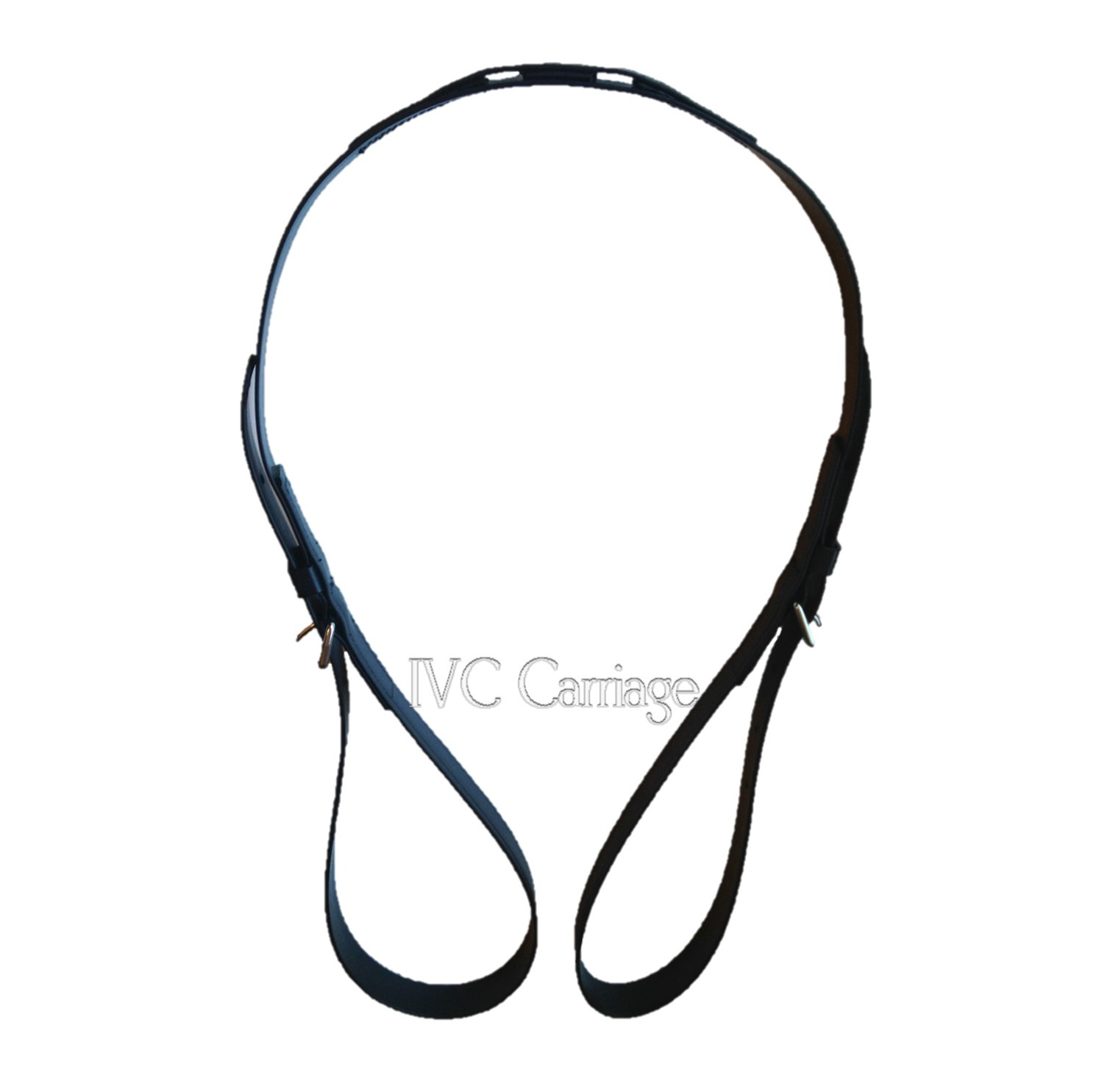
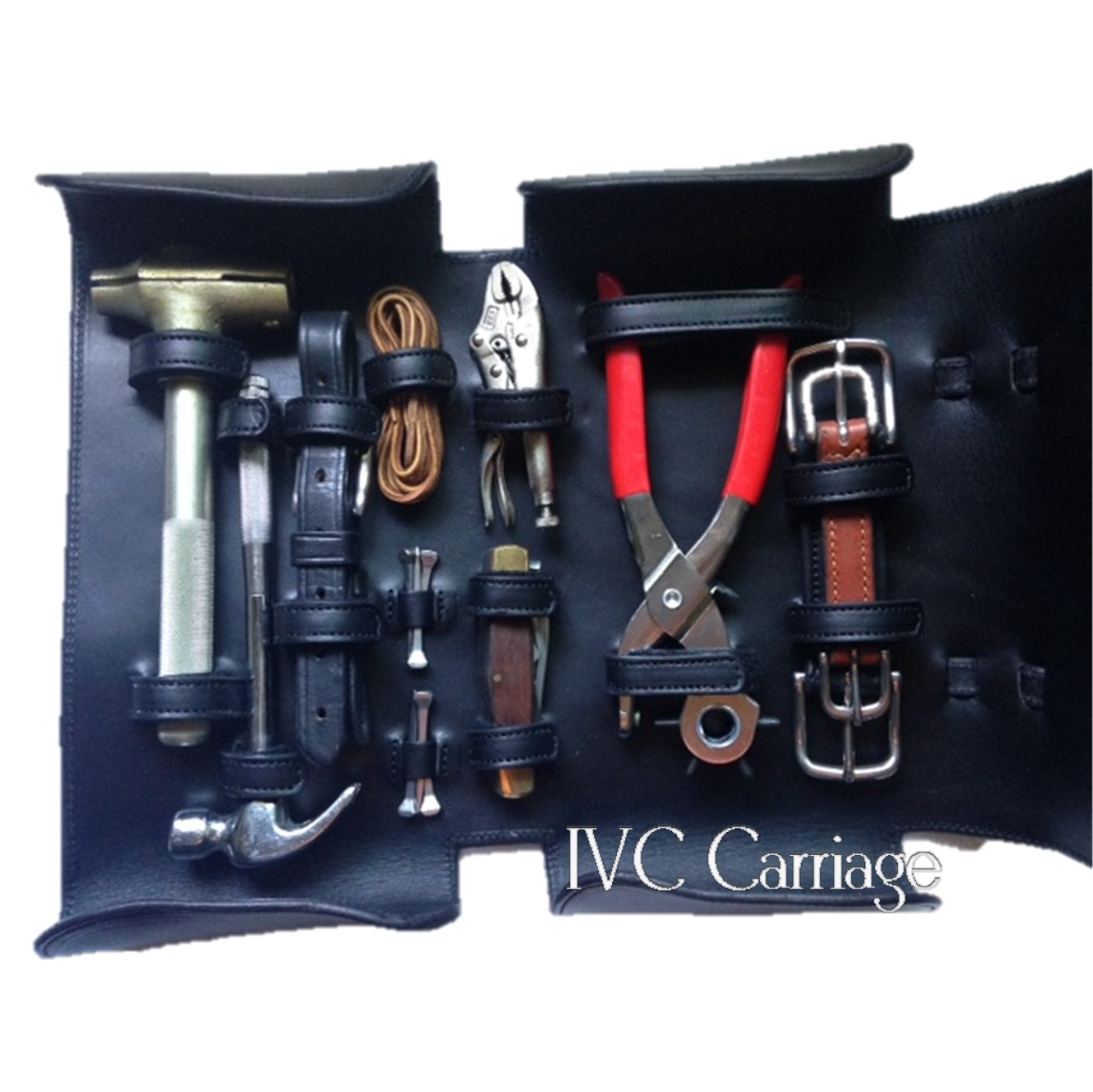

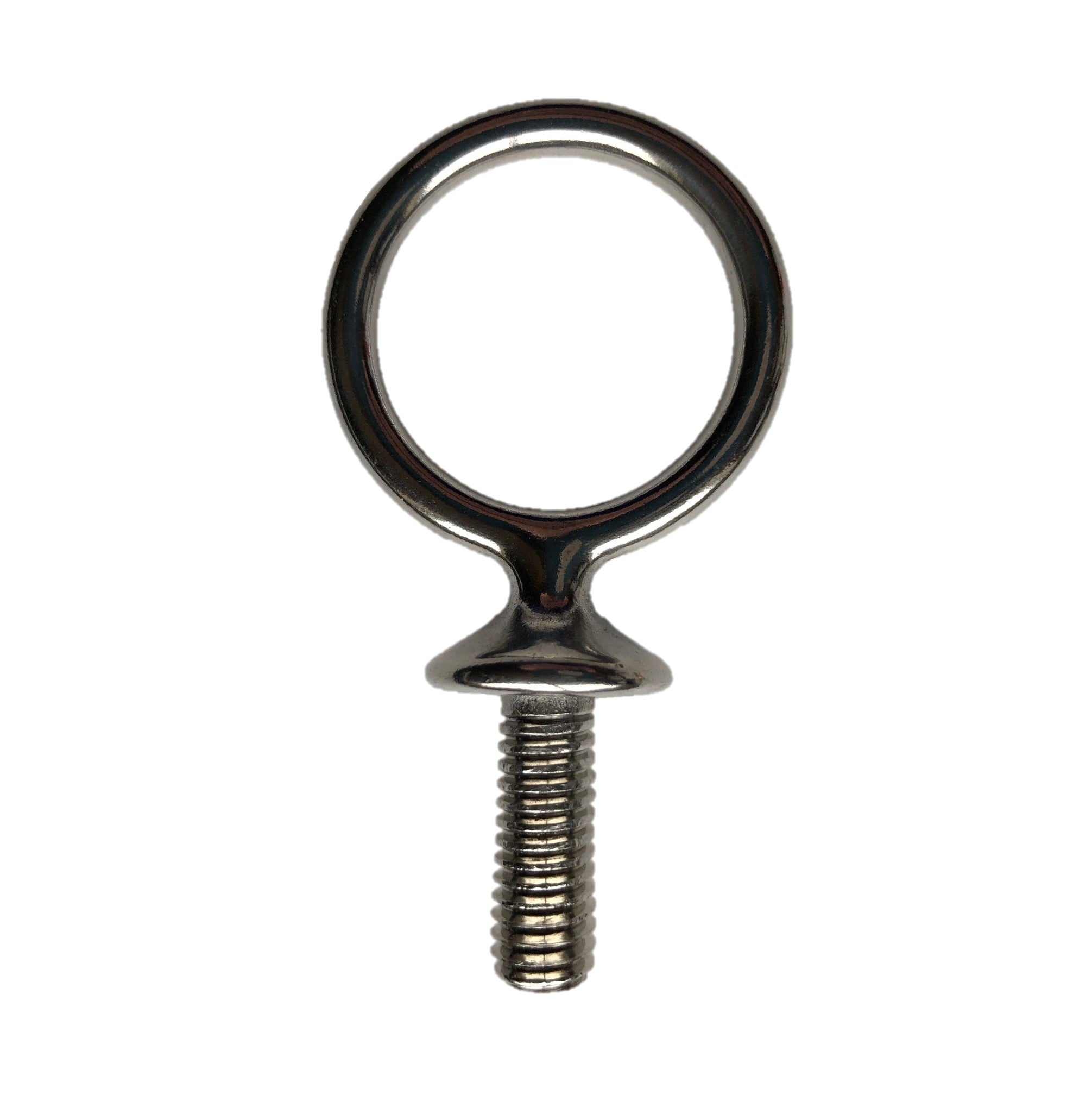












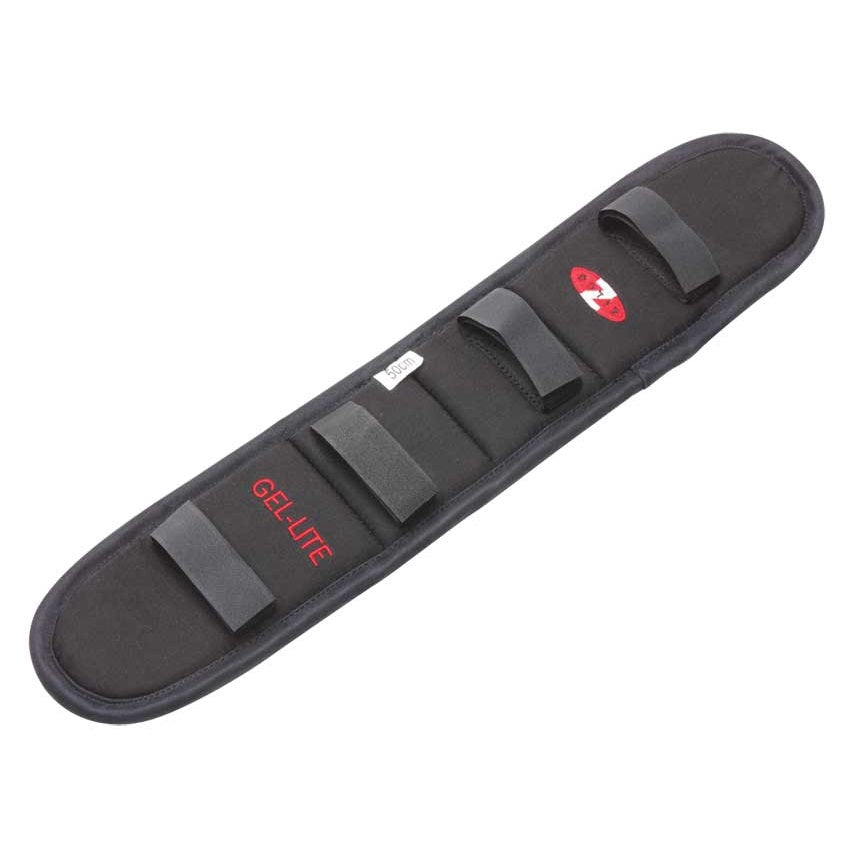
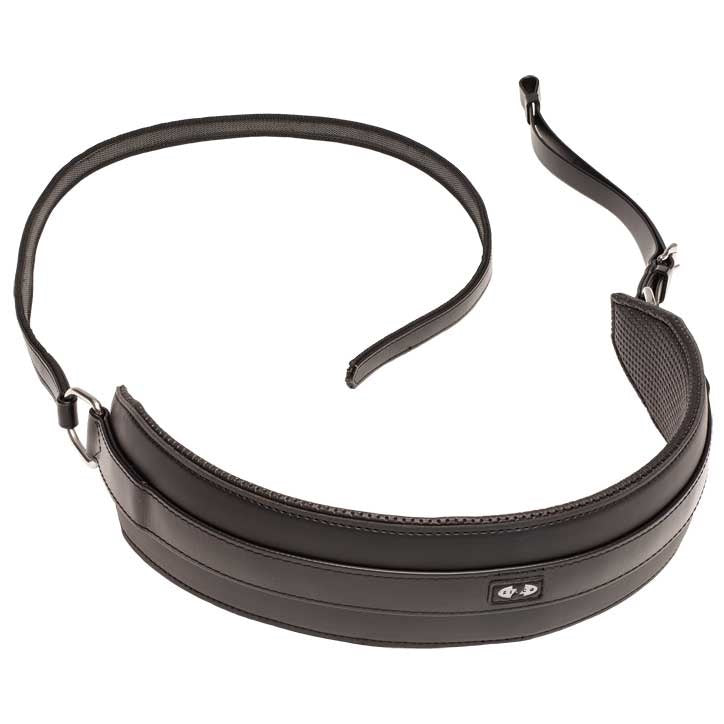




16 comments
Sherry Alcock
Nice article, Thanks for the information!!
BJ DiCandia
Oh my. I haven’t even finished the post (got as far as the girth) and am LOVING your outlook. I am paranoid about the girth, I had a very bad riding accident when the saddle slipped and my foot was caught in the stirrup and I was dragged. So I have been Big Time driving with TOO tight. Thank you so much. Now back to the rest of your post.
Debby Jenkins
Thank you for this information to: use of thimbkes to replace breeching.
A friend new to Driving is convinced her mini “does not like” breeching & claims thimbles work as well. I can now explain why she might reconsider.
Hoping to see you at Villa Louis this year
Nan
Why tips for a wide mini where the saddle leaves dips in her back fat, despite the girth not being too tight. The cart looks/feels well balanced, and when I tried changing the angle of the shafts to further reduce pressure, it became scarily rear-heavy unless I lean forward in the cart (meaning, I think it was fine as it was.) I have a decently wide comfy fit harness, but maybe I need a pad anyway?
Bobbie Ferraro
All very good informative thanks for letting others know correct I teach been driving for over 20 yrs these r things I explaine And prper fittomg tack So inportant . I say it’s like shoes you r wearing that make yr feet hurt good job